Discover Marloth Park’s magical nocturnal wildlife—from bush babies to nightjars. Stay at Needles Lodge and experience a safari under the stars.
Unveiling the Fascinating Spiders of Kruger National Park
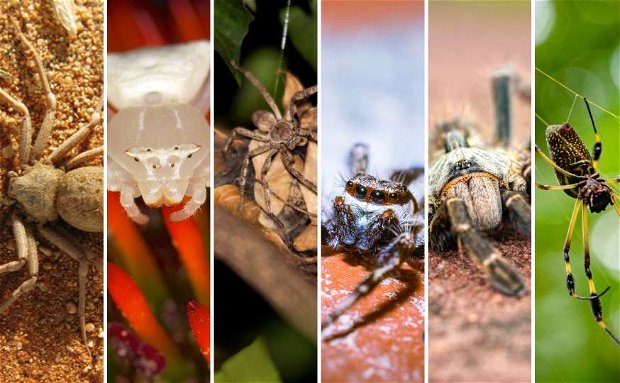
Kruger National Park is a haven for diverse wildlife, including a unique assortment of spiders that are crucial to the ecosystem. From the striking Golden Orb-Web Spider to the camouflaged Six-eyed Sand Spider, these arthropods play vital roles in controlling insects and enhancing biodiversity. Needles Lodge offers specialized safaris to discover these fascinating creatures, providing an enriching experience for all nature lovers.
Kruger National Park is a world-renowned park teeming with an incredible diversity of wildlife. While large mammals like lions, elephants, and rhinos often steal the spotlight, the park is also home to a fascinating array of creepy crawlies – spiders!
These eight-legged arthropods play a crucial role in the Kruger ecosystem, from controlling insect populations to aiding in seed dispersal. Whether you’re an arachnophile or simply an admirer of nature’s wonders, encountering these fascinating creatures on your Kruger safari is an unforgettable experience.
Kruger National Park boasts a rich variety of spider species, each with unique characteristics and ecological significance. Here’s a closer look at some of the fascinating spiders you might encounter on your Kruger safari:
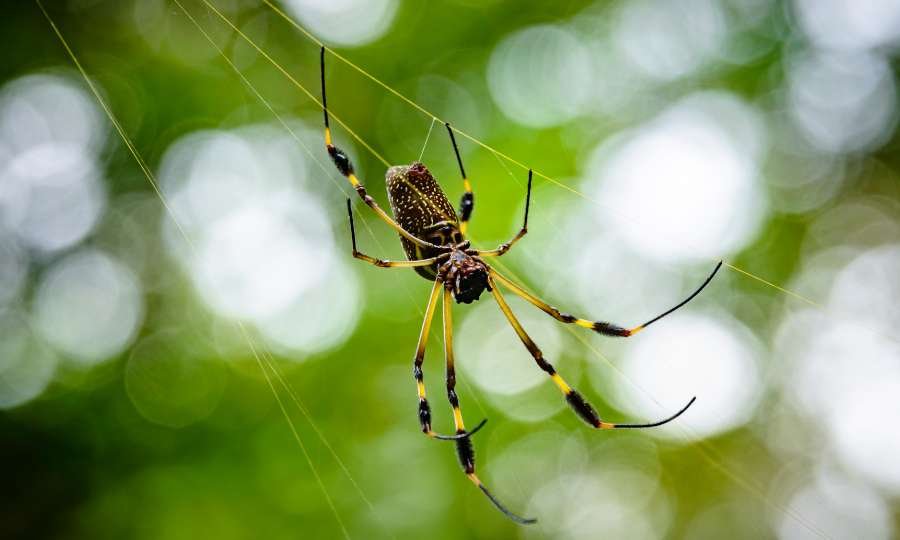
1. Golden Orb-Web Spider (Nephila)
The Golden Orb-Web Spider is a true marvel of the Kruger ecosystem. These large spiders, easily identified by their bright golden webs, are often spotted stretched between trees and bushes. Skilled weavers, they create massive, intricate webs that can reach up to several meters in diameter. These webs are incredibly strong, with silk that is stronger than steel of the same thickness! Golden Orb-Web Spiders are beneficial predators, feeding primarily on flying insects that get caught in their sticky webs.
Habitat: Open woodlands, savannas
Behaviour: Solitary, sedentary (remains in one location)
Weird Fact: Their silk is one of the strongest natural fibers known!
Venom Status: Venomous, but not harmful to humans; bite causes mild irritation

2. Baboon Spider (Harpactirinae)
Don’t let the name fool you – the Baboon Spider is no primate! This impressive spider, with its thick coat of dark hair, bears a resemblance to a tarantula. Unlike the Golden Orb-Web Spider, Baboon Spiders are burrow dwellers, spending most of their time underground in silk-lined tunnels that can reach depths of up to a meter. These nocturnal hunters emerge at night to search for prey, using their keen sense of touch and smell to locate insects and small vertebrates.
Habitat: Savannas, grasslands, with loose, sandy soil
Behaviour: Nocturnal, solitary, burrowing
Interesting Fact: They can live up to 15 years or more!
Venom Status: Venomous, but not lethal to humans; bites can cause discomfort and swelling
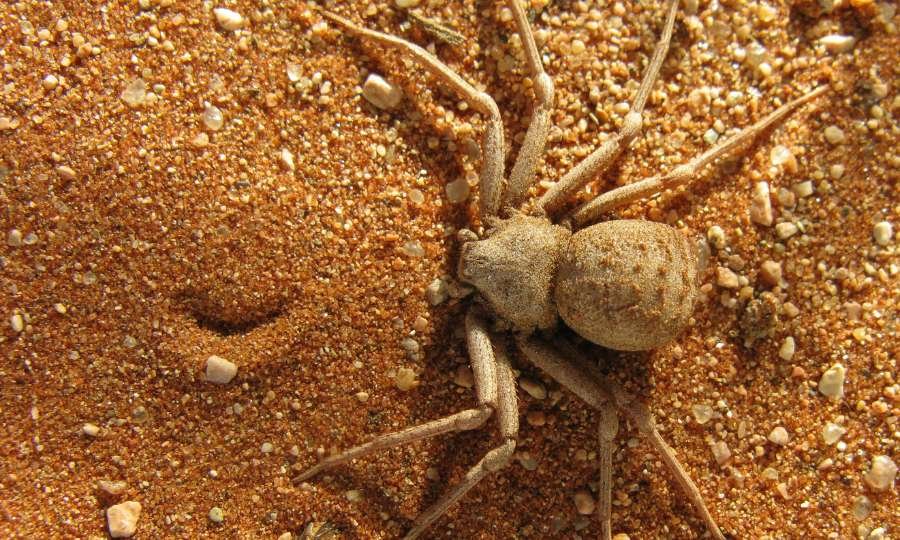
3. Six-eyed Sand Spider (Sicarius)
The Six-eyed Sand Spider is a master of disguise. Perfectly camouflaged against the sandy landscapes of the Kruger Park, these elusive hunters are rarely seen due to their secretive nature. Their flat bodies and sandy coloration allow them to blend seamlessly into their environment, waiting patiently for unsuspecting prey to wander by. Six-eyed Sand Spiders are ambush predators, using their potent venom to paralyse their victims before injecting digestive enzymes and consuming the liquefied prey.
Habitat: Sandy deserts, arid regions
Behaviour: Solitary, nocturnal, ambush predator
Interesting Fact: Their venom can cause necrotic lesions, although bites are extremely rare.
Venom Status: Highly venomous; no known antivenom available (bites are extremely rare)
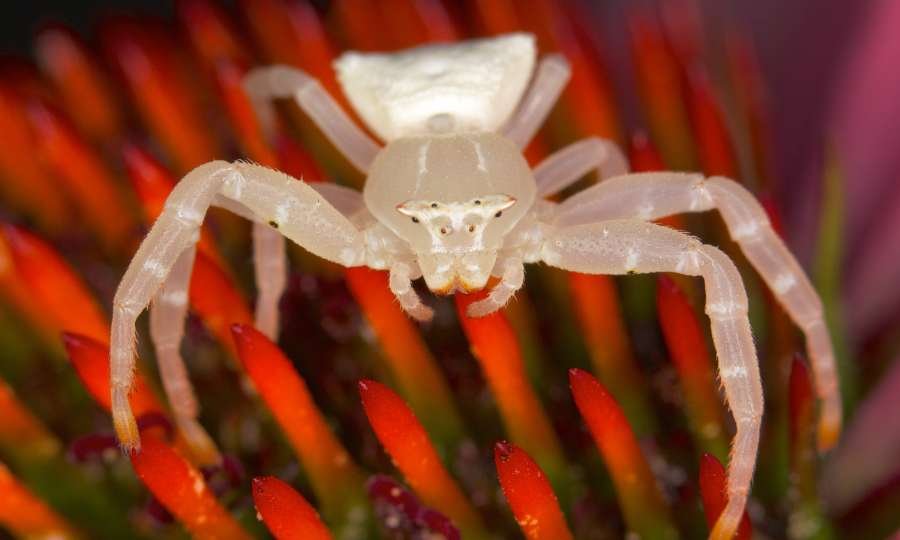
4. Flower Crab Spider (Thomisidae)
Look closely within the colourful blooms of Kruger’s wildflowers – you might spot a tiny surprise! Flower Crab Spiders are masters of camouflage, able to change their body colour to perfectly match the flower they’re perched on. These ambush predators lie in wait for unsuspecting pollinators, such as bees and butterflies, to land on the flower, before pouncing on their prey with surprising speed. Flower Crab Spiders play a valuable role in the ecosystem, not only helping to control insect populations but also promoting plant pollination.
Habitat: A variety of flowering plants, shrubs
Behaviour: Diurnal (active during the day), solitary, ambush predator
Interesting Fact: They can change their body colour to blend into the flower they inhabit!
Venom Status: Venomous to their prey, harmless to humans
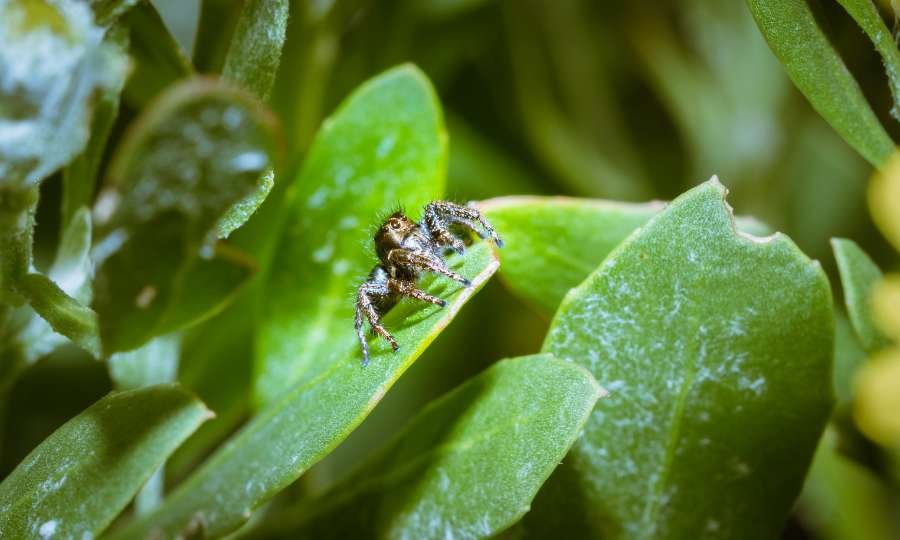
5. Jumping Spider (Salticidae)
Jumping Spiders are a charismatic addition to Kruger’s spider fauna. These small, agile spiders boast excellent vision with eight eyes, some of the most complex visual systems in the entire animal kingdom. Unlike most spiders that rely primarily on touch and vibration, Jumping Spiders have exceptional depth perception and can see in colour. This remarkable vision allows them to stalk their prey with impressive accuracy, leaping incredible distances – sometimes several times their body length – to capture unsuspecting insects.
Habitat: Diverse habitats including grasslands, savannas, forests
Behaviour: Diurnal (active during the day), solitary, active hunters
Interesting Fact: Perform complex courtship dances to attract mates, involving jumping, waving their legs, and displaying colourful body parts!
Venom Status: Venomous, primarily to insects; bites to humans are rare and not serious
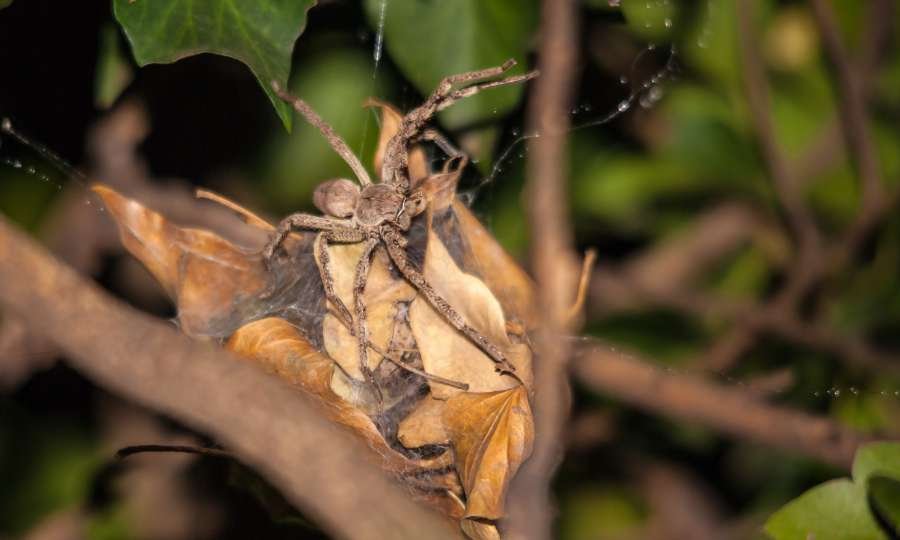
6. Rain Spider (Palystes)
The Rain Spider might startle you with its sudden appearance indoors! During the Kruger rainy season, these large spiders are known to seek shelter in homes, scurrying across walls and ceilings. Despite their imposing size, Rain Spiders are beneficial predators that help control household pests like cockroaches and flies. Their presence is a sign that they’re helping to keep your Kruger vacation accommodation pest-free!
Habitat: Varied habitats including savannas, grasslands, woodlands, and sometimes human dwellings
Behaviour: Nocturnal, solitary, wanderers
Interesting Fact: Known locally as "rain spiders" because they often enter homes just before rainstorms (though the exact reason for this behaviour is unknown).
Venom Status: Mildly venomous; their bites cause minor symptoms such as mild pain or itching
Experience the Magic of Kruger with Needles Lodge
At Needles Lodge, we offer unforgettable Kruger Park safaris tailored to suit your interests. Whether you’re an arachnophile with a fascination for spiders, or simply a curious nature enthusiast, our knowledgeable guides will ensure an enriching and unforgettable experience. Let us help you discover the wonders of Kruger National Park, from the majestic lions to the fascinating spiders that weave their webs throughout this incredible ecosystem.
Book your stay at Needles Lodge today and embark on an unforgettable safari adventure in Kruger National Park! You might just be surprised by the hidden wonders you encounter, both large and small!
Further Reading
Discover how each season transforms Marloth Park and Kruger’s bushveld. From dry winters to lush green summers, explore wildlife patterns and safari experiences at Needles Lodge.
Discover the fascinating world of lizards in Kruger and Marloth Park. Learn about these tiny dragons of the bushveld at Needles Lodge.


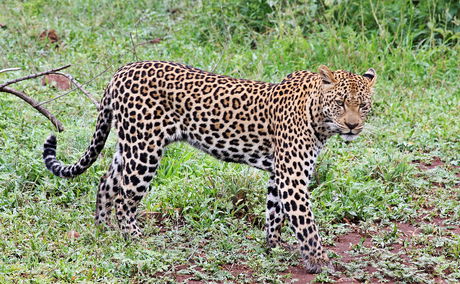
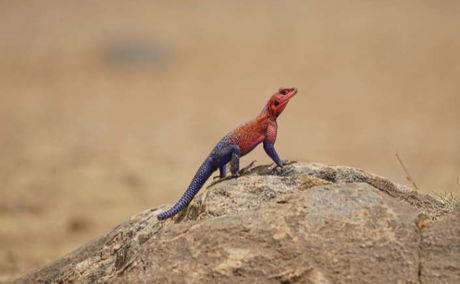


Share This Post